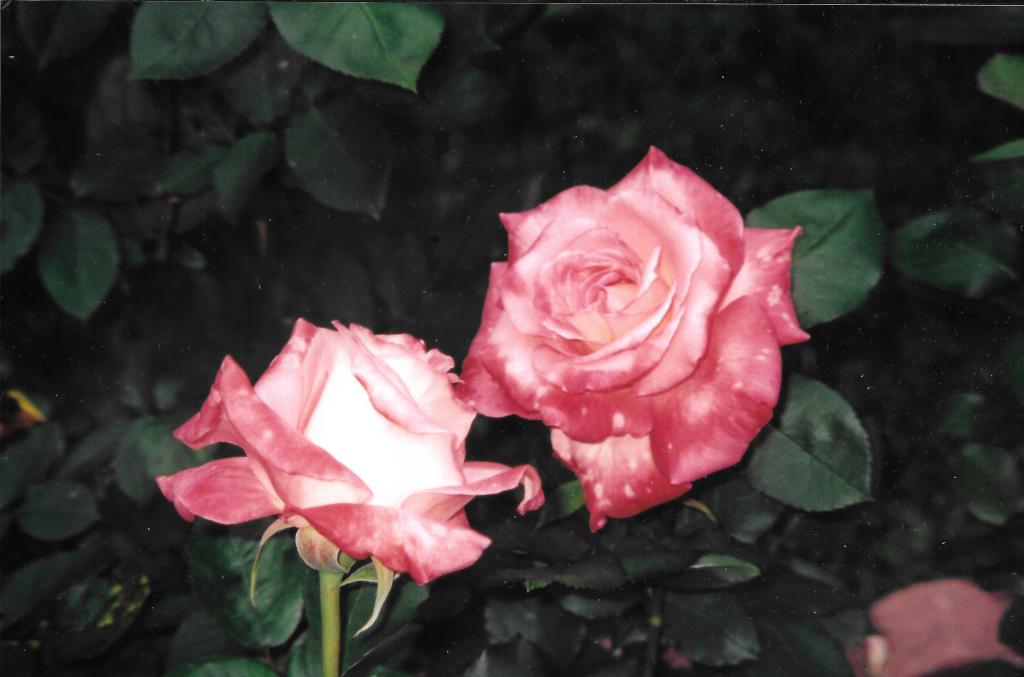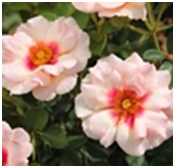By: Rosalinda Morgan
Author, Saving Wentworth Hall
Here are a few suggestions to stay healthy. I’ve been practicing healthy habits since I’m in my early 40s, and it shows because, at this last quarter stage of my life, I have no health issues and do not take any prescription drugs.
Dementia is one issue affecting the elderly. As you get old, you seem to forget things. Losing your keys is a minor sign, but if you keep forgetting something or forget what you said constantly, you should begin to worry. Walking, doing the crossword puzzle, cooking, and reading keep your brain active. I read a lot, write quite a bit, and am an editor of two quarterly newsletters. Exercise or any physical activity will increase your brain’s protective proteins and lower your risk of developing dementia. I also take time to garden – taking care of my 60 roses and plenty of annuals, perennials, and shrubs.
If you are a couch potato and watch TV for more than four hours, you will likely have a blood clot. Sitting too long in front of the computer will do the same thing. Stand up, do something else. Stay away from the screen. Take a break every 30 minutes from your computer to increase your blink rate. Staring at your computer screen makes you blink less, leaving your eyes dry and itchy. Focusing too hard on the screen can cause headaches, fatigue, and blurred vision.
You only have one set of eyes, and you should protect them. Eat yellow and dark leafy vegetables high in lutein and zeaxanthin to help protect the eyes from damages that could lead to vision loss. I take PreserVision eye vitamins to supplement my diet. Studies also show that taking 7,000 steps five days a week can lower glaucoma risk by 73 percent.
Be selective with the food you eat. Eat food that helps lower your cholesterol. Avoid foods high in saturated fat because they will raise cholesterol levels in your blood. This excess cholesterol builds a waxy substance on the walls of your arteries and reduces or blocks the blood flow to your heart.
Have a positive outlook in life. Look into the brighter side of things. Stop worrying about things you can not control.
Until next time. Stop and smell the roses. Here is one for you!













